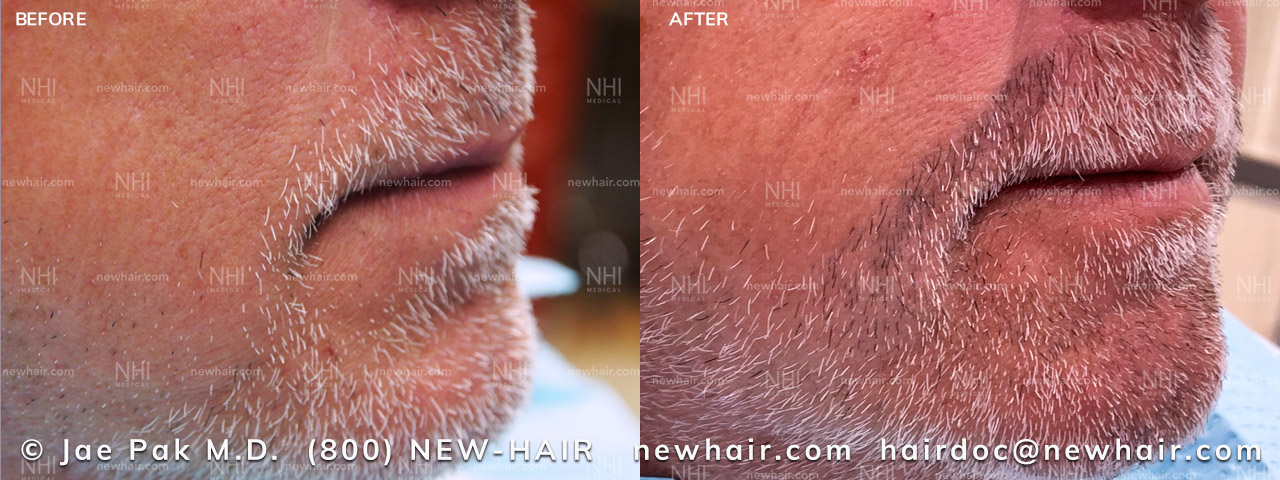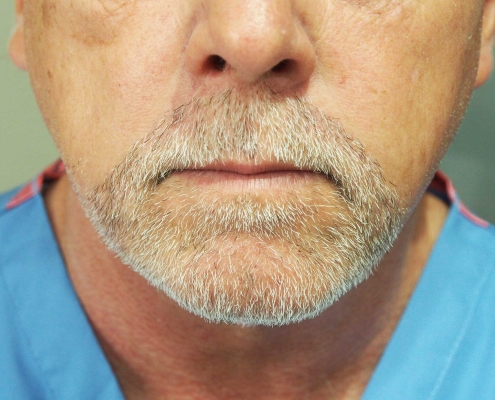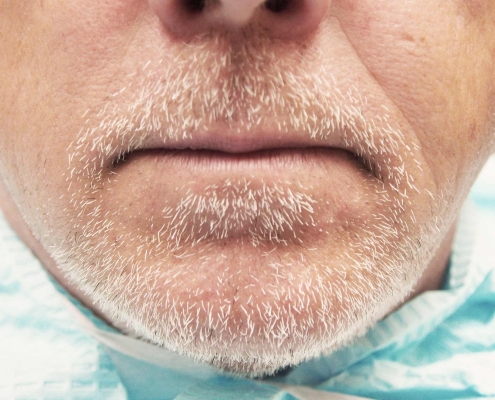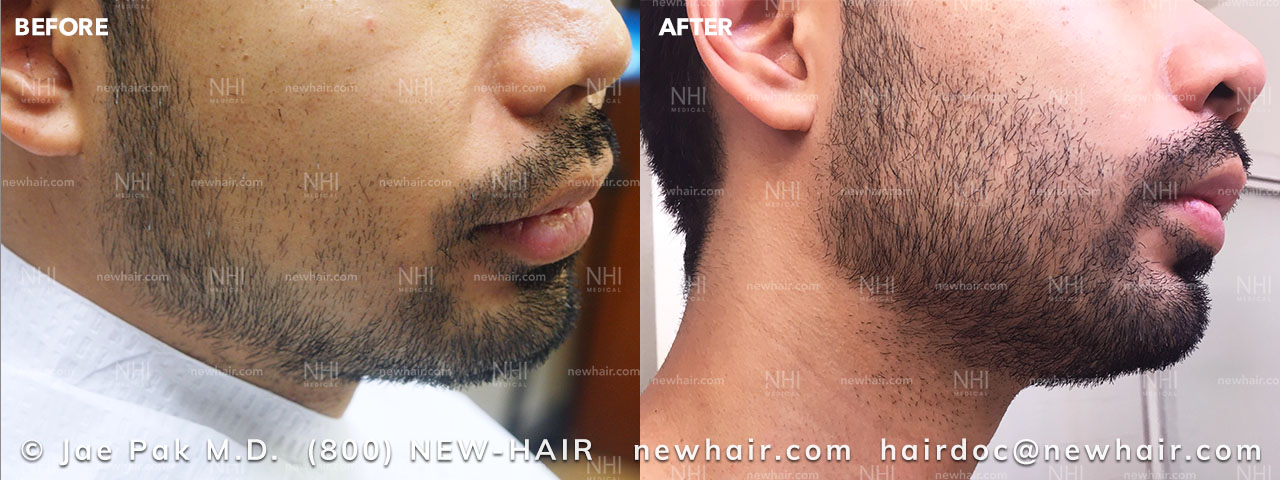How do you implant the hair to the face?
The implantation of each and every hair follicle to your face to create a natural looking sideburn, beard, mustache, or goatee is what counts. You are choosing a doctor at NHI Medical to give you the best results.
Your doctor will artistically plan each location of individual hair follicles. Among many variables, the doctor is responsible for the correct angle, direction, and distribution of your hair follicles to create the most natural look. A great facial hair transplant will never be detected by others.
Once the doctor creates the tiny incisions where your hair grafts will go, our highly trained surgical staff will meticulously insert each hair follicle. NHI Medical’s staff has over 10 years of facial hair implantation experience, and they are often an overlooked component of making your surgery a success.




